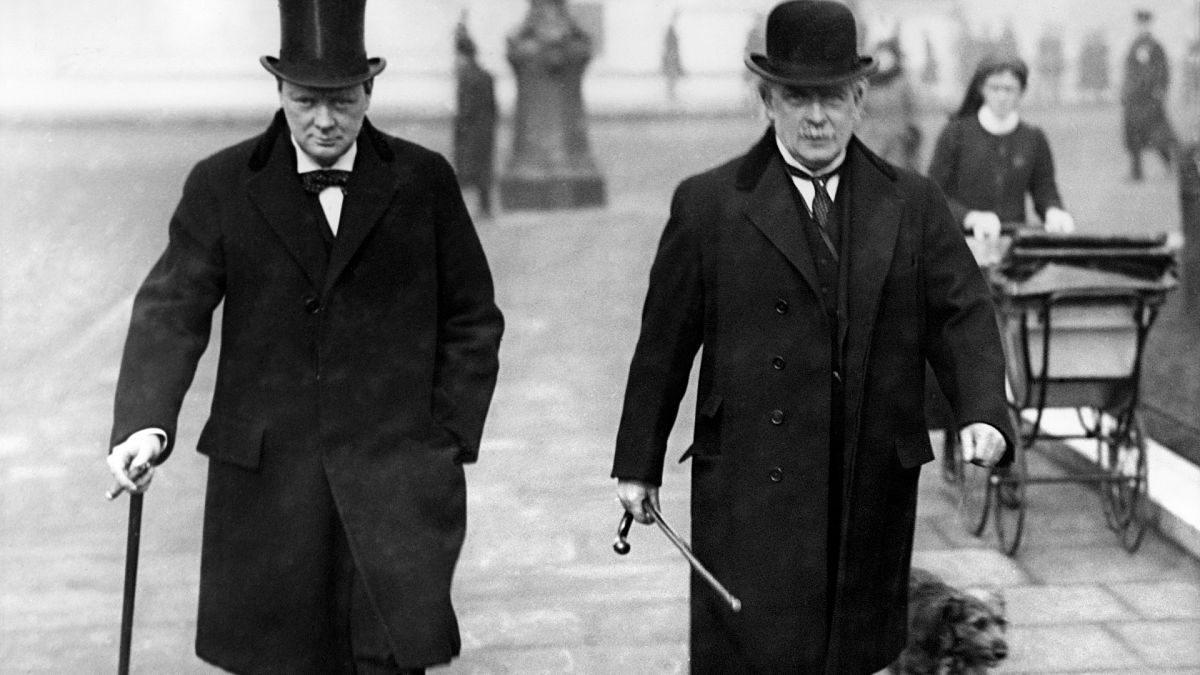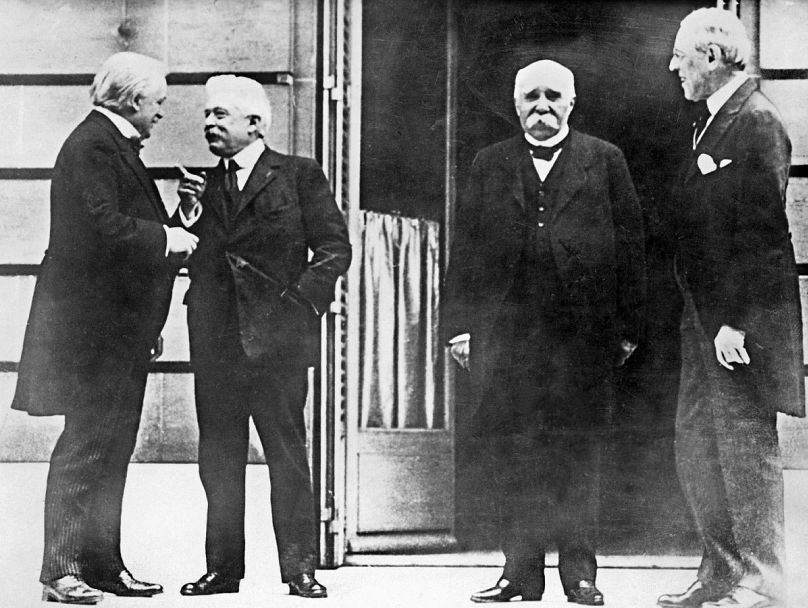How Boris Johnson's forefather David Lloyd George was taken seriously ill amid the 1918 pandemic, but recovered.
Boris Johnson is the first serving British prime minister to become indisposed for decades -- but in the past some of his most prominent political ancestors were also taken ill while in office.
Notably, Johnson's hero Winston Churchill twice caught pneumonia during World War Two. Twenty-five years earlier David Lloyd George fell victim to an illness that killed tens of millions of people worldwide.
The "Spanish flu" pandemic that struck that year has been described as one of the 20th century's greatest medical disasters.
It did not come from Spain, but got its name because it was more widely reported in the country -- which was neutral during the First World War and free from censorship, unlike many nations at war.
Just weeks before the end of the conflict, on 11 September 1918, the Liberal prime minister was cheered by crowds that lined the streets to greet his arrival in Manchester. But within hours, he was confined to bed having collapsed with a fever.
Lloyd George spent the next 10 days immobile, with a respirator to aid his breathing. His plight was hushed up for fear that the news would sap public morale and hand the German enemy a propaganda coup.
Newspapers used phrases such as "a little chill" to describe his condition; his confinement was a "precautionary measure". The mayor of Manchester said he was "progressing satisfactorily, but was staying in bed".
The prime minister survived, but according to reports quoting his valet, it was a close-run thing.
By the beginning of the following year he was well enough to attend the Paris Peace Conference, but by then other world leaders had been affected by the disease -- among them French leader Georges Clemenceau and US President Woodrow Wilson.
As today, the virus spared no class of people as it ravaged Europe. One theory is that in the UK, it was spread by soldiers returning home from northern France. There, many victims appeared to recover quickly, but back in Britain it soon became devastating.
From the first symptoms of tiredness, headaches and fever, patients' conditions often deteriorated rapidly. It was possible for people to be perfectly healthy in the morning, and dead by the evening.
Cruelly, given the huge numbers of young men slaughtered in the trenches, Spanish flu was especially lethal when it struck young adults in their twenties. Most of those who lost their lives were adults under 40 -- the reverse scenario of most flu outbreaks which hit the elderly or very young in particular.
Hospitals were overwhelmed, but with no treatments for the flu there was little that hardworking doctors and nurses could do. Although measures such as isolation and social distancing were practiced, some of the advice given to victims included gargling with salt water.
Over the next year it is estimated to have killed getting on for a quarter of a million people in the UK alone, and affected a quarter of the population.
The precise number of people who died across the world in the pandemic more than a century ago is unknown, though many experts give a figure of around 50 million.



